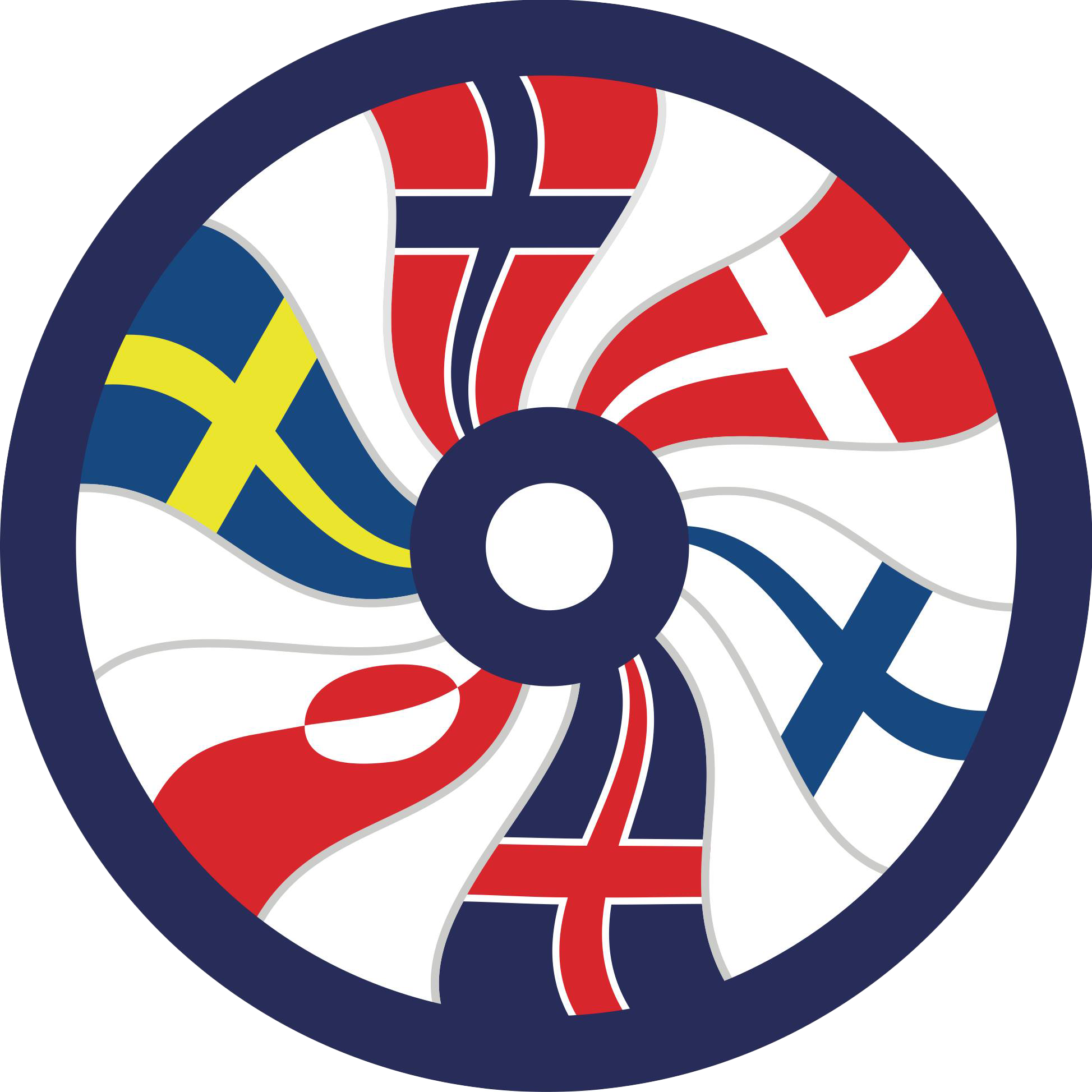The Nordic Association of Schools of Social Work (NASSW) was founded in 1965, and has social work education as its focus. NASSW’ purpose is to promote social work education through encourage co-operation between the Nordic university colleges and universities that offer education in social work and to support the establishment of new courses in social work in countries outside Scandinavia.
Every other year a Nordic conference is arranged together with Nordic FORSA. The participants are people working with social work education, research, social work practice and students. The conference alternates between the Nordic countries. At the same time as the conference, an annual meeting is held.
To improve the cooperation and development of teaching, NASSW is financing projects of cooperation.
At the annual meeting a Executive Committee is elected with a board member and a deputy from each of the member countries: Denmark, Finland, Greenland, Island, Norway and Sweden.
The presidency alternates between the Nordic Countries. Since November 2016 and until 2020 Sweden provides the presidency, represented by Marcus Knutagård, University of Lund.
The president of the NASSW is the Nordic sub-regional contact on the board of International Association of Schools of Social Work (IASSW). This gives NASSW the possibility of taking part in the international development of social work education.
By-laws for NASSW
§ 1 Objects
To encourage co-operation between the Nordic university colleges and universities that offer education in social work and to support the establishment of new courses in social work in countries outside Scandinavia by:
a) Every second year, in rotation between the Nordic countries, holding Nordic conferences and other meetings devoted to questions that involve education in social work.
b) Stimulating Nordic co-operation in social work education between teachers and students.
c) Stimulating co-operation between teachers in the Nordic and other countries who work to establish and develop courses in social work.
d) Stimulating co-operation in research and professional development in social work within the Nordic countries.
e) Keeping an eye on educational politics to further quality in social work education.
f) Representing the educational establishments in other Nordic organisations, International Association of Schools of Social Work (IASSW) and the European Association of Schools of Social Work (EASSW) and such organs as may derive from these.
§ 2 Membership
Ordinary membership of the committee is open to educational establishments in the Nordic countries that offer theoretical and practical education in social work which leads to qualifications that are recognised in these countries. (socialrådgivarexamen (Denmark, Greenland), magisterutbildning i socialt arbete (Finland), eksamen i felagsrådgjöf (Iceland), sosionomeksamen or an exam in which social work is the primary theme (Norway) and socionomexamen (Sweden)). Membership requires payment of an annual subscription.
§ 3 Votes
Every member (educational establishment) has one vote.
§ 4 Organs
The committee is comprised of one representative for every member. The committee meets at least every second year. Proposals for the approval of new members, changes in the rules, election for the working group and fees are determined at the committee meeting.
a) The committee elects a leader for a four year term. The position as leader is not up for re-election until the next term. The leader is chosen from a different Nordic country every term. If the leader terminates his or her position at the educational institution, the position as leader is forfeited. The representatives from the Nordic countries the leader represents should propose another leader to serve out the remaining period.
b) The committee elects, for a 2 year period after suggestions from the respective countries, a representative from each country which is not represented by the leader and together with the leader they make up the working group. A reserve person for the leader and for each of the representatives is also elected.
c) If a member of the work committee quits, the social work schools in the country the member represents should come together and elect a new representative for the remaining term.
§ 5 The working committee
The working committee’s six members are elected at the annual meeting that represents the educational establishments in Denmark, Finland, Greenland, Iceland, Norway and Sweden. A reserve representative is elected for every member. The committee’s leader is also leader for the working committee. The working committee itself elects a deputy leader. The working committee work as an initiating organ in the period between the committee’s meetings. The working committee meets at least twice a year. Their minutes are sent out to the members.
§ 6 The committee, IASSW and EASSW
The committee works as a regional committee of IASSW and EASSW. The working committee informs IASSW and EASSW about new members. The leader represents the committee on the board of IASSW. In case of absence, the leader chooses a replacement. The working committee elects a member to the board at EASSW. This should be a member of the working committee at NASSW, or a representative selected by the committee. The educational establishments in their own right join and pay the membership fees to IASSW and EASSW.
§ 7 Economy
The committee meeting determines the amount of the membership fee. The fee now is €100.
The working committee determines and accounts for the use of this money.
§ 8 Strategic plan
At the annual meeting, a strategic plan for a four year period is discussed and decided.
The plan can be reviewed at every committee meeting, but it has to be evaluated and renewed every fourth year.
§ 9 Changes to the rules
Change of rules can be approved by the committee if 2/3 or more of the members vote for it. Suggestions for change of the articles should be presented to the members at least 2 months before the meeting of the committee.

